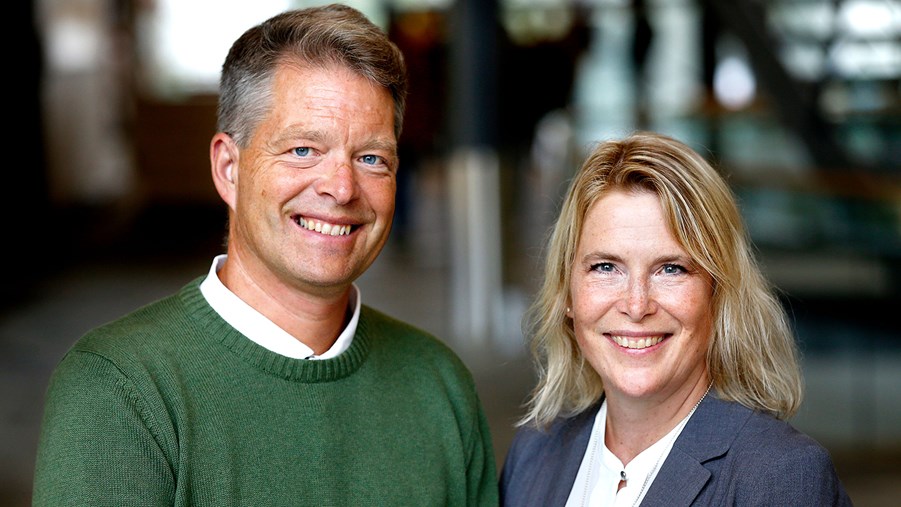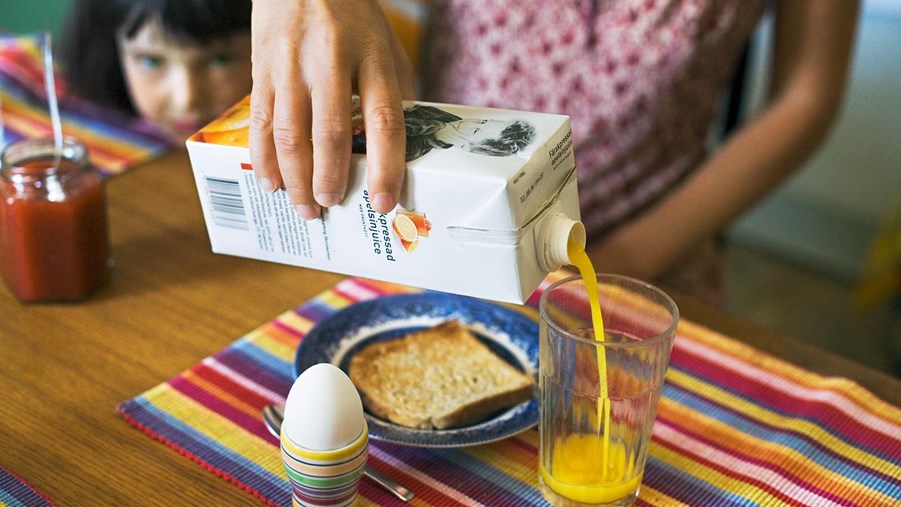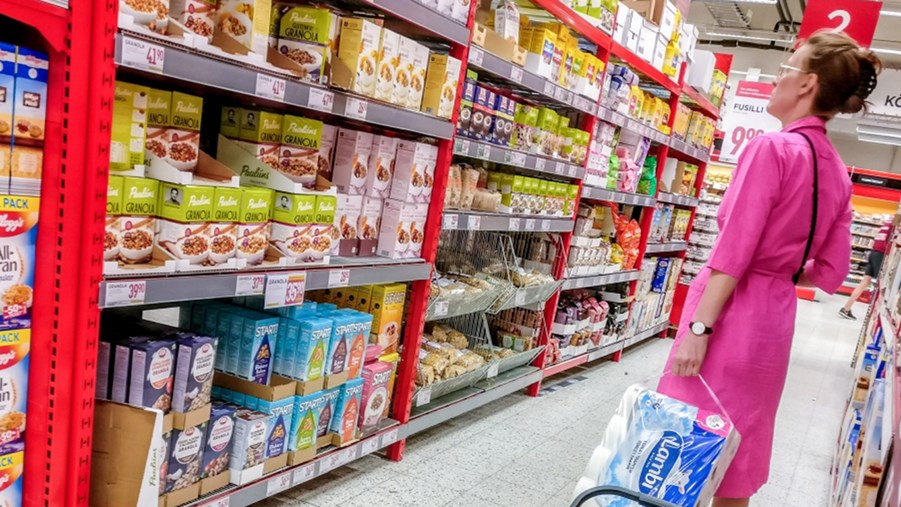
At least a third of global food production is never eaten. Despite that, packaging has long been cast as an environmental villain – when it should, in fact, be seen as a blessing for humanity. That is the opinion of Swedish researchers Helén Williams and Fredrik Wikström, who think it is high time we looked at packaging with fresh eyes.
Packaging is currently a hot topic. New packaging legislation has been drawn up. The aim of the Packaging and Packaging Waste Regulation (PPWR) is to eliminate unnecessary packaging and that all packaging on the European market should be reusable or recyclable no later than 2030.
The ambitious proposals have attracted considerable attention. Most people probably agree that unnecessary packaging should not be produced. It is often seen as bad for the environment, and in some countries various types of packaging have been banned while packaging-free stores are being piloted. But there are now fears that some of the EU Commission’s proposals risk being counterproductive and that they are moving too far too fast.
Food that lasts longer
What really is best for the environment? Is it always better to wash and reuse packaging – or can disposable items that are recycled also be less harmful for the environment? Under the proposals, packaging for fruit and vegetables weighing less than 1.5 kilos is to be completely banned. What would that mean?
“Such a ban would surely result in increased food waste. One of the functions of packaging is to extend food shelf life,” says Williams, Associate Professor at Karlstad University.
Food waste is a global problem. Calculations show that close to a third of the world’s total food production is never eaten. This is a staggering figure, and there are multiple reasons for this because food waste occurs along the entire supply chain – from the farm all the way to the kitchen table.
That’s why Wikström and Williams adopt an interdisciplinary approach and have combined a typical research environment with inspections of pantries and refrigerators and weighing rubbish sacks at the homes of private individuals, for example. What is unique about their research is that they attempt to establish how packaging design affects food waste.
“It’s clear that the amount of food in packaging and the way best before dates are expressed is what affects food waste the most. The ease of emptying packaging also matters, along with other factors,” says Professor Wikström.
A complex issue
Wikström and Williams have just published a book about food waste. It was when the two started comparing the climate impact of different foods with the climate impact of packaging that they realised what they had to do.
“Given that we throw away a third of the food we produce, we can’t ignore the climate impact of packaging. First, we have to think about how we can stop throwing away food. The climate impact also looks different for different foods. Producing rice or milk requires a lot of resources, and for products like that packaging is less important. In cases like this, it’s vital that packaging protects the food so that nothing is wasted, and that shelf life is as long as possible. But when it comes to bottled water, it is the packaging itself that has the most climate impact, not the water,” says Williams.
If we must have packaging, what materials should it be made of?
“To determine which packaging is best for protecting a food, it is necessary to have knowledge of the product, understand the context, knowledge of how the product is used and how it can be recycled after use. It’s important that legislation recognises this. To achieve sustainable development, we must stop drawing general conclusions and start seeing the nuances. But one thing is clear – in the future, we need more renewable materials,” says Williams.
Read more
Fredrik Wikström and Helén Williams have for two decades explored the influence on packaging design on food waste in households and the environmental consequences. They are highly cited in academic journals and UN reports. Their mission is to reduce the environmental footprint of the food we eat and are committed to spread their knowledge in the society. Fredrik Wikström is Professor and Helén Williams is Associate Professor in Environmental and Energy Systems at Karlstad University, Sweden.
Read Williams’ and Wikströms’ summary of their recently published book, “Packaging Design That Reduces Food Waste and Increases Recycling” here.

